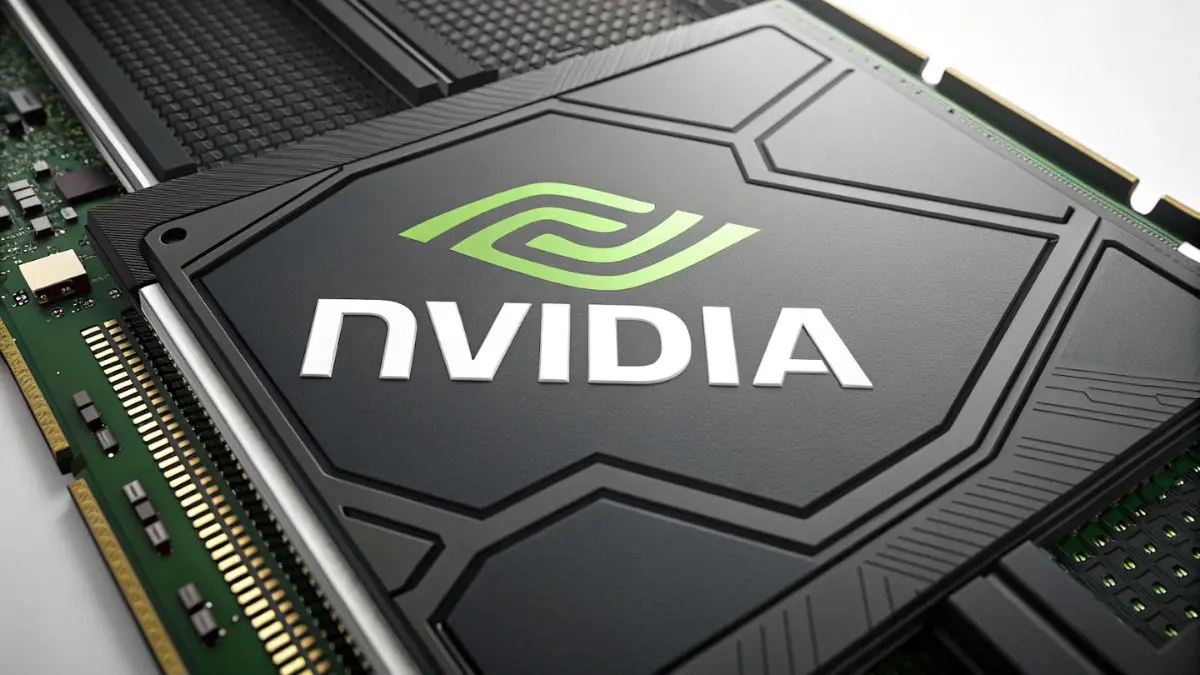Nvidia to launch budget Blackwell AI chip for China to bypass export curbs
By Axel Miller | 26 May 2025

Nvidia is preparing to roll out a new, lower-priced AI chip for the Chinese market in response to U.S. export restrictions that have significantly limited the company’s access to one of its most valuable customer bases.
Sources familiar with the matter say the chip, based on Nvidia's latest Blackwell architecture, will be priced between $6,500 and $8,000—a notable drop from the $10,000 to $12,000 price tag of the now-restricted H20 model. Production could begin as early as June.
This pared-down GPU is reportedly built on the RTX Pro 6000D platform and will use standard GDDR7 memory, foregoing the more advanced high-bandwidth memory (HBM) and TSMC’s CoWoS packaging—a move that both simplifies manufacturing and aligns the chip with current U.S. trade rules.
Nvidia’s presence in China has taken a significant hit. Once commanding 95% market share, its position has slipped to around 50%, according to CEO Jensen Huang. The drop comes in the wake of successive waves of U.S. export controls aimed at curbing China's access to cutting-edge semiconductor technology.
Despite the downgrade in specifications, this new Blackwell variant is expected to help Nvidia maintain a foothold in China’s lucrative $50 billion data center market. The company's strategic edge still lies in its CUDA software ecosystem, which remains the backbone of many AI workloads globally. Developers who rely on CUDA to train and deploy AI models are less likely to switch—even if the hardware performance is somewhat reduced.
However, analysts note that performance compromises may limit the chip’s appeal for more demanding AI training and inference tasks. “A GPU with conventional memory won't meet all AI needs,” said Nicolas Gaudois, Head of Asia Technology Research at UBS.
Local competition rising fast
One of Nvidia’s biggest challenges now comes from domestic Chinese players like Huawei, which has made notable progress with its Ascend 910B chip. Analysts like Nori Chiou of White Oak Capital Partners believe Huawei and others could match the performance of downgraded Nvidia chips within one to two years.
To keep pace, Nvidia is reportedly working on another Blackwell-based chip tailored for China, expected to enter production around September. Details on its specs remain scarce.
Meanwhile, Nvidia’s initial attempt to adapt the H20 architecture for export compliance fell short. Nvidia CEO Jensen Huang has since stated that the H20, built on the Hopper architecture, can no longer be effectively adapted to comply with current U.S. export restrictions.
Those regulations are getting tighter. The latest rules cap GPU memory bandwidth at around 1.7 to 1.8 terabytes per second—less than half of the H20’s capabilities. Nvidia’s upcoming chip is expected to sit right at that limit, enabled by the use of GDDR7 memory.
Heavy financial fallout
The regulatory pressure is not without cost. Nvidia has had to write off $5.5 billion in inventory and forgo $15 billion in potential sales, according to Huang. These numbers underscore the deep economic impact of geopolitically driven tech controls—and the high stakes involved in maintaining access to the Chinese market.
Summary
Nvidia is introducing a lower-cost AI chip for China to navigate U.S. export restrictions. Built on the Blackwell architecture and priced between $6,500 and $8,000, the new chip trades advanced memory and packaging for compliance and manufacturability. While performance is scaled down, the move allows Nvidia to remain competitive in a shrinking market share landscape, especially as Chinese firms like Huawei gain ground. Business implications are significant, with billions in sales and strategic positioning at stake in the world’s second-largest economy.
Frequently Asked Questions (FAQs)
1. Why is Nvidia launching a cheaper AI chip for China?
Nvidia is introducing a lower-cost chip to comply with tightened U.S. export restrictions that limit the sale of high-performance AI hardware to China. This move allows Nvidia to maintain some presence in China’s $50 billion data center market despite losing access to selling its higher-end models.
2. What makes this new chip different from the H20?
The new chip, reportedly based on the RTX Pro 6000D, uses conventional GDDR7 memory instead of high-bandwidth memory (HBM) and avoids TSMC's advanced CoWoS packaging. These changes simplify the manufacturing process and reduce costs, but also result in lower performance compared to the H20.
3. What is the Blackwell architecture?
Blackwell is Nvidia’s latest GPU architecture designed to improve performance and efficiency for AI workloads. It succeeds the Hopper architecture and is tailored for high-end generative AI, machine learning, and data center tasks. The new China-specific chip is a downgraded version built on this architecture.
4. How do U.S. export controls impact Nvidia’s business in China?
The U.S. government has placed strict limits on the types of semiconductors that can be sold to China, particularly those with high computing capabilities. These controls have forced Nvidia to redesign its products and have resulted in significant inventory write-downs and lost revenue opportunities.
5. Who are Nvidia’s main competitors in China?
Nvidia’s leading competitor in China is Huawei, which has developed its own AI chip, the Ascend 910B. With U.S. restrictions accelerating China's domestic innovation efforts, companies like Huawei are closing the performance gap.
6. What is CUDA, and why is it important?
CUDA is Nvidia’s proprietary GPU computing platform that allows developers to build and run AI models efficiently. It is deeply integrated into many AI software ecosystems, giving Nvidia a competitive edge even when hardware performance is downgraded.
7. How significant is the Chinese market to Nvidia’s overall sales?
China accounted for approximately 13% of Nvidia’s sales in the most recent fiscal year. Despite regulatory challenges, it remains a strategically vital market due to its scale and demand for AI infrastructure.
8. What are the broader implications for the AI chip industry?
The situation highlights the growing intersection of geopolitics and semiconductor technology. U.S. export controls are reshaping global chip supply chains, prompting companies to adapt product strategies and accelerate regional diversification—especially in AI and data center technologies.






.webp)















